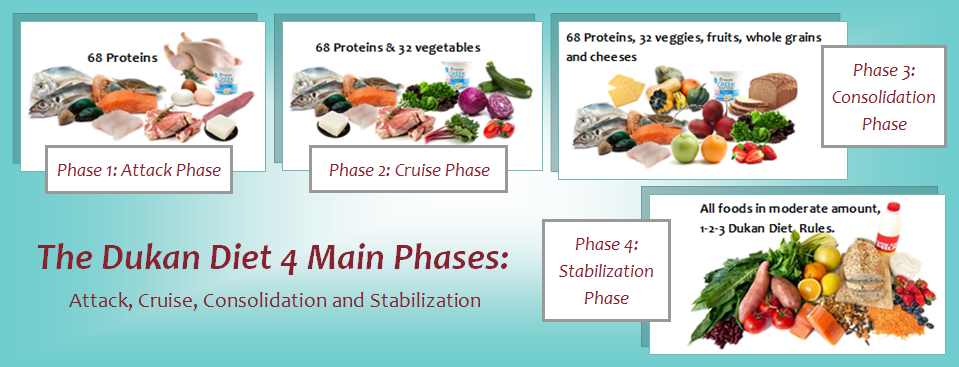Dukan Diet Food List: 32 Vegetables
[ads]
Other Foods Allowed in Dukan Diet

[ads]
Oat Bran, the hard outer husk of the oat grain, is rich in dietary fibre, nutrition and minerals. Dukan diet emphasizes on daily consumption of oat bran so as to add more fibre to this high-protein diet. This dietary fibre helps much in easing the constipation problem faced by dieters, especially during the Pure Protein phase where no vegetables are allowed.
The Dukan diet has a fixed consumption amount of oat bran for different phases. During the attack phase, the daily allowance is only 1 1/2 tablespoons. For cruise and consolidation phases, you can have 2 tablespoons daily. When you are in the stabilization phase, you can increase it to 3 tablespoons a day.
Shirataki is a type of Japanese noodle made from Konjac yam (the root of an Asian plant). It is rich in water-soluble dietary fibre (glucomannan) which helps in stimulating intestinal transit but is very low in carbohydrates as well as calories. You are allowed to have an unlimited amount of this noodle starting from the Attack phase. Besides shirataki, you can also use other products made from Konjac (e.g. flour, jelly powder, Konjac rice) for cooking.
Olive Oil, which is rich in omega 3 fatty acids, polyphenols and vitamin E, is allowed starting from the Cruise phase. However, you have to limit the consumption amount to 1 teaspoon per day.
[ads]
Goji Berries (or wolfberries) are rich in antioxidants, particularly carotenoids. You are allowed to have a limited amount of these berries starting from the Attack phase. For Pure Protein days, you can have 1 tablespoon a day. For Proteins and Vegetable days, you can increase it to 2 tablespoons.
Sugar-free gelatin is allowed as dessert (e.g. Jell-O, Royal, Great Value, Meijer).




